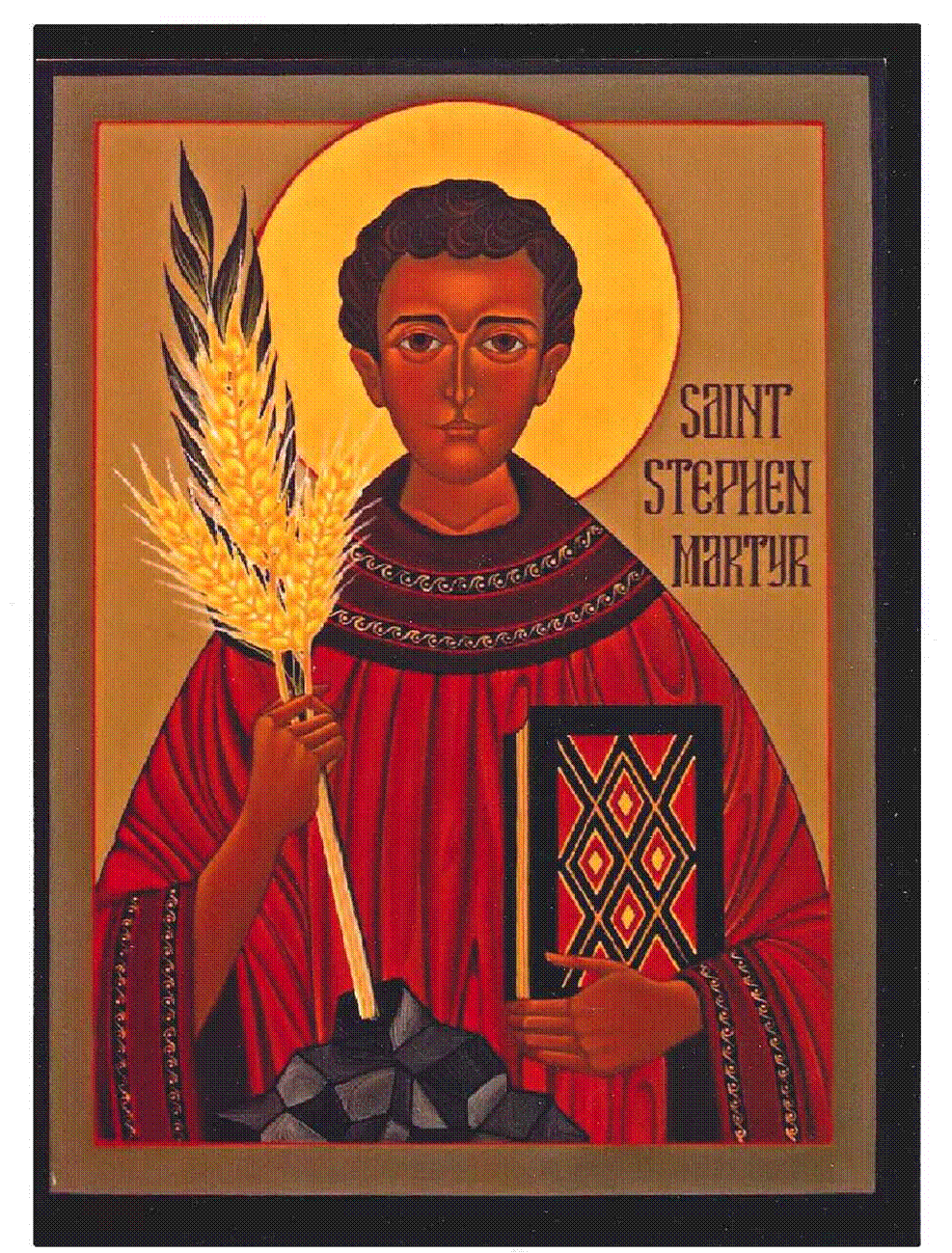A Visit to Arlington National Cemetery

She was in the area and had some time to spare, so she decided to visit Arlington National Cemetery.
She likes cemeteries. They're peaceful. They are full of stories.
Arlington is quiet, despite the large number of tour groups, including school groups. She chuckles to see what leaders use to keep their groups together: a hand in the air, small banners, bright-colored shirts, neon-pink umbrellas. She's notices how quiet even the youngest school child is. They all seem to sense the reverence of the cemetery.
She walks past several sections filled with the iconic uniform headstones laid out in rows across the gently rolling hillsides. The headstones are simple. Name, military rank, hometown, birth date, death date, a religious symbol.
She stops to do the math. This one was 20 years old. Did he leave behind a young wife, or just grieving parents? Do his parents from Chester, Pennsylvania, travel down here on his birthday or death day to share some time with him, time they didn't have when he was alive? Did his young wife move on to create a new family?
That one died when he was 70. He was in the military for only a few years. He spent more of his life outside the military than inside the military. What made his time in the Army so special, so important, that he or his family wanted him buried at Arlington? What happened during his military life to make that time such an important part of his identity?
As she approaches the turn-off for the grave site of President Kennedy, she reaches section 5. Supreme Court Justices and high-ranking military officers are among those buried here. Their headstones are different, bigger, with more personal information. There's a walkway that goes around Section 5, but she notices that most of the headstones are turned away from the walkway. She has to leave the sidewalk to see the front of the headstones and fully recognize those who are buried here: Oliver Wendell Holmes, William Douglas, Thurgood Marshall.
As quiet as the cemetery is, it's as if someone had thrown a blanket over the JFK grave site area. How is possible for an area to be quieter than quiet?
She notices that the younger people don’t spend a lot of time at the actual grave site. They are pausing to read several large stone panels. She reads it all before recognizing that it's from JFK's inaugural speech, the famous "Ask not what your country can do for you, ask what you can do for your country" section.
But the panel that catches her attention is earlier:
Now the trumpet summons us again
Not as a call to bear arms -- though embattled we are
But a call to bear the burden of a long twilight struggle
A struggle against the common enemies of man
Tyranny - Poverty - Disease - and war itself

There are so many things about that reading that catch her attention. First, why can't politicians talk like that anymore? The trumpet summons is so Biblical, God was always calling people to action through the sound of the trumpet. And she notices that 50 years later the common enemies of man have not changed: tyranny, poverty, disease and war. She hopes that this year's political campaigns haven't totally jaded the young people taking the time to read the quotations. She hopes they can see that there was a time when it was honorable to serve in public office.
She continues through the cemetery. Older sections with individual, sometimes monstrous headstones. They seem out of place in this field of uniformity and anonymity.
She passes more sections filled with uniform headstones in neat rows across the rolling hills. And then she notices, that like an earlier section, what was visible from the sidewalk was the back of the headstones. From the sidewalk, all these people were nameless. Again, she steps off the sidewalk to walk among the headstones. Again, she imagines the stories behind the simple facts provided about the individuals.
She returns to the sidewalk and takes another look at the back of the headstones. There is something noble in this place where people can be both individuals and yet be lost in the rolling hills of anonymity.
There are a lot more visitors at the Tomb of the Unknown Soldiers, sitting, watching, waiting for the changing of the guard. She is moved by the simple act of the soldier marching back and forth in front of the tomb. Spectators have a magnificent view of Washington, DC, the solider has eyes only on his job. But she is aware of the audience and it diminishes the solemnity of the event for her. It feels more like show than respect. She wishes that this particular memorial to the anonymous was a little more anonymous. She doesn't linger. It just doesn’t feel right to her to be part of an audience in this place.
After several hours, she leaves the quiet of Arlington National Cemetery and heads back to the noisy world. But she can't shake the solemnity of the place. She can't shake the feeling that the anonymous souls she has left behind are with her still. She can't discern yet what message they're sending her, only that there is something to be heard in their voices.
Therefore, since we are surrounded by such a great cloud of witnesses, let us throw off everything that hinders and the sin that so easily entangles. And let us run with perseverance the race marked out for us, fixing our eyes on Jesus, the pioneer and perfecter of faith. For the joy set before him he endured the cross, scorning its shame, and sat down at the right hand of the throne of God." (Hebrews 12:1-2)
- Ann Warner












